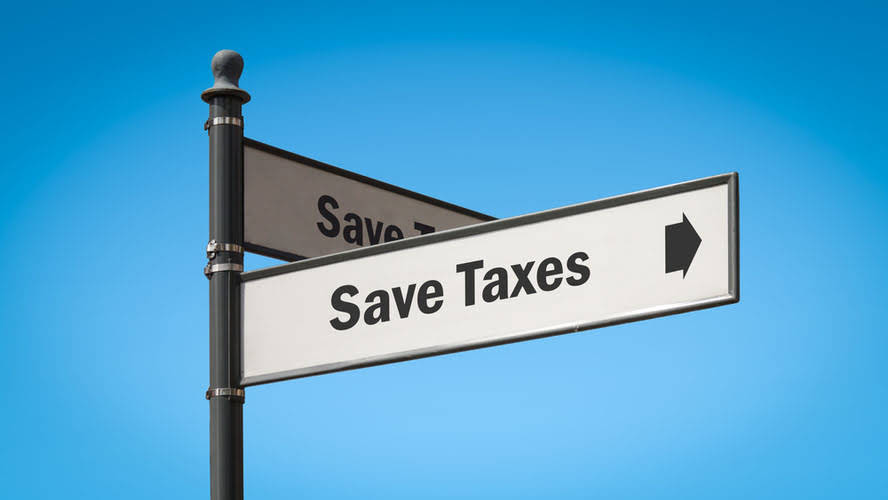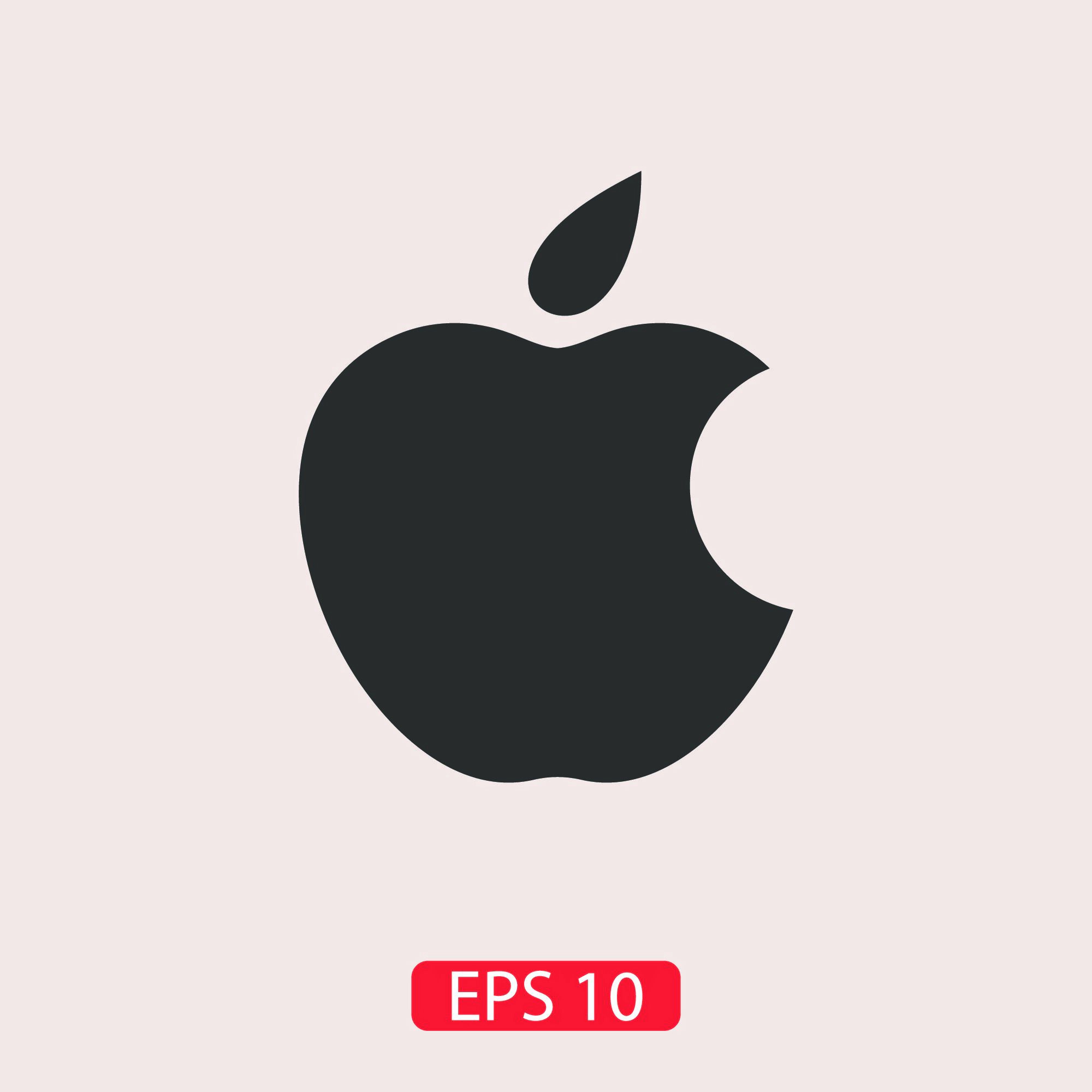
Under inflationary economics, this translates to LIFO using more expensive goods first and FIFO using the least expensive goods first. The LIFO method is used in the COGS (Cost of Goods Sold) calculation when the costs of producing a product or acquiring inventory has been increasing. LIFO, or Last In, First Out, is an accounting system that assigns value to a business’s inventory.
All You Need to Know About Lot Numbers
This can also be said as the oldest inventory being pushed out first. This method of accounting based on the inventory available is more formally known as Inventory Accounting. The stages of production combine these goods into the classification of assets. Then, you add the goods already in production and subtract the amount of ending inventory left in your inventory after sales.
Most Common FAQs
The $1.25 loaves would be allocated to ending inventory (on the balance sheet). Higher inflation rates will increase the difference between the FIFO and LIFO methods since prices will change more rapidly. If inflation is high, products purchased in July may be significantly cheaper than products purchased in September. Under FIFO, we assume all lifo and fifo calculator of the July products are sold first, leaving a high-value remaining inventory. Under LIFO, September products are sold first even if July products are left over, leaving the remaining at a low value. Since the cost of labor and materials is always changing, FIFO is an effective method for ensuring current inventory reflects market value.
Comparison of FIFO and LIFO Methods
The newer units with a cost of $54 remaining in ending inventory, which has a balance of (130 units X $54), or $7,020. The sum of $6,080 cost of goods sold and $7,020 ending inventory is $13,100, the total inventory cost. In this case, the store sells 100 of the $50 units and 20 of the $54 units, and the cost of goods sold totals $6,080. Using both the FIFO and LIFO methods will allow you to streamline your inventory management seamlessly. You will be able to make informed decisions, optimize your stock valuation, and embrace sound financial strategies.
- The remaining inventory assets are matched to assets most recently purchased or produced.
- For the sake of simplicity, we kept the numbers in the example small.
- If you are planning to decrease your tax liability then it is recommended to use the LIFO method.
- The FIFO method avoids obsolescence by selling the oldest inventory items first and maintaining the newest items in inventory.
- LIFO generates lower profits in early periods and more profit in later months.
- The remaining inventory consists of items with known purchase costs.
- For example, let’s say that a bakery produces 200 loaves of bread on Monday at a cost of $1 each, and 200 more on Tuesday at $1.25 each.
That only occurs when inflation is a factor, but governments still don’t like it. In addition, there is the risk that the earnings of a company that is being liquidated can be artificially inflated by the use of LIFO accounting in previous years. Last in, first out (LIFO) is a method used to account for business inventory that records the most recently produced items in a series as the ones that are sold first.
Fifo Lifo calculator
This would cause a larger cost incurred to manufacture these goods, which totals more expenses for the business overall. At the same time, the remaining loaves, which were priced at $1, would then be used to calculate the inventory and the value it has when the period is over. The changes to the overall amount of inventory play a huge role in the way in which companies go about accounting for their future decision-making. There are many methods accountants use to manage certain aspects of financial statements, such as the balance sheet, income statement, and statement of cash flows. Assuming that prices are rising, this means that inventory levels are going to be highest as the most recent goods (often the most expensive) are being kept in inventory.

Weighted Average vs. FIFO vs. LIFO: An Example
Because more expensive inventory items are usually sold under LIFO, the more expensive inventory items are kept as inventory on the balance sheet under FIFO. Not only is net income often higher under FIFO, but inventory is often larger as well. For many businesses, FIFO is a convenient inventory valuation method because it reflects the order in which inventory units are actually sold. This is especially true for businesses that sell perishable goods or goods with short shelf lives, as these brands usually try to sell older inventory first to avoid inventory obsoletion and deadstock. When all 250 units are sold, the entire inventory cost ($13,100) is posted to the cost of goods sold.
How does deflation affect LIFO ending inventory calculation?

Furthermore, when USA companies have operations outside their country of origin, they present a section where the overseas inventory registered by FIFO is modified to LIFO. You can also check FIFO and LIFO calculators at the Omni Calculator website to learn what happens in inflationary/deflationary environments. Also, the number of inventory units remains the same at the last of that period. And to calculate the ending inventory, the new purchases are added to it, minus the exact cost of goods sold. Inventory valuation impacts your financial statements significantly.
Suppose that you have got your business up and running in the city of your choice. Your business model and structure are based on selling mini-fridges to consumers, and the name of your company is RigidFridge. On the flip side, there has to be a case made for last-in, first-out, as companies would not use it as an inventory-keeping method if it was flawed.
發佈留言